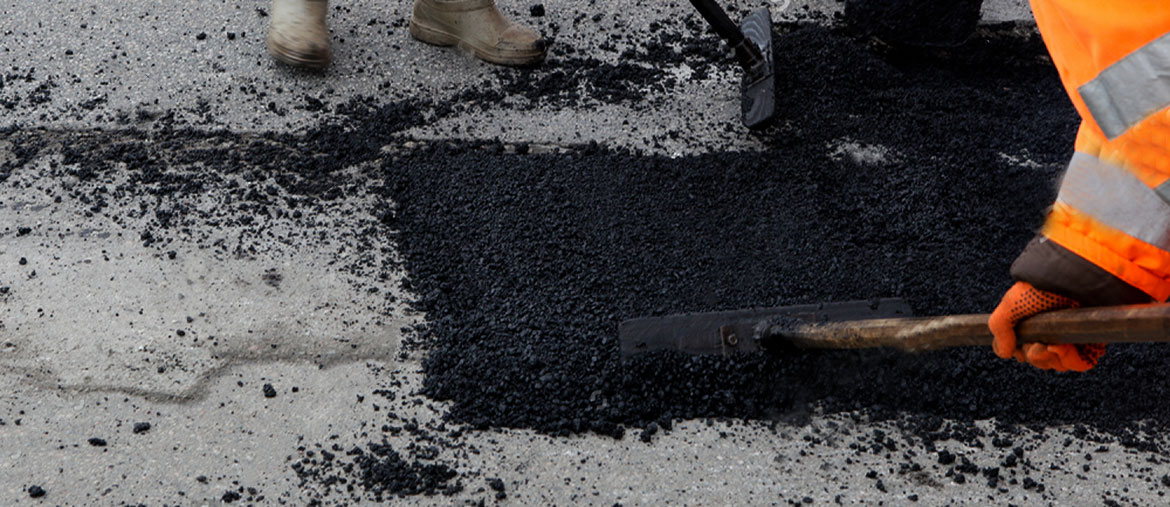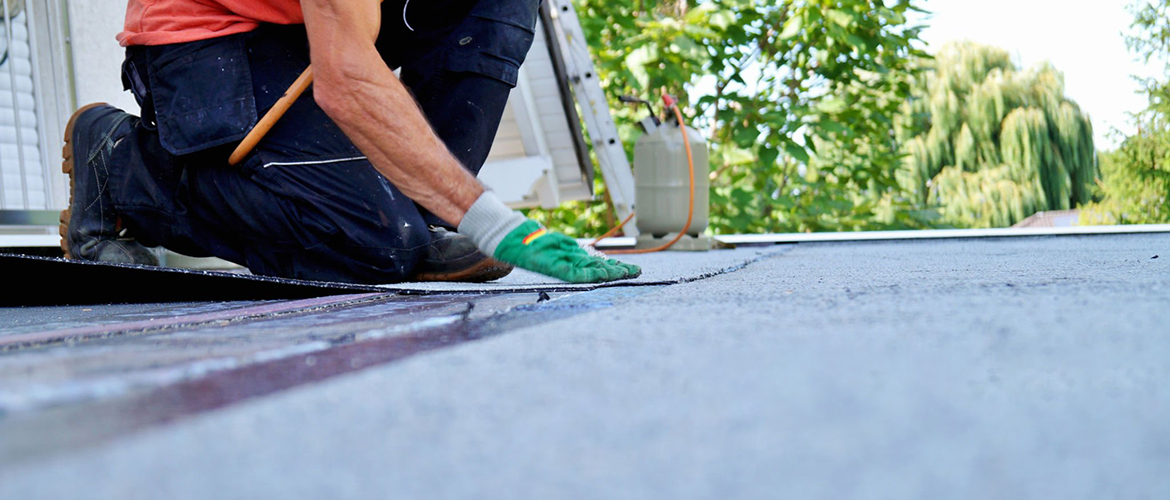Instant Road Repair: Quick Fixes for a Safer Driving Experience
Instant Road Repair: Quick Fixes for a Safer Driving Experience

Instant Road Repair: Quick Fixes for a Safer Driving Experience
We’ve all experienced the frustration of encountering potholes and cracks on the road while driving. Not only do these road imperfections cause discomfort and wear on vehicles, but they also pose significant safety risks to motorists. Rapid and effective road repair is crucial to maintaining a smooth and safe driving experience. Bituroll’s Nurphalt solutions offer a game-changing approach to promptly addressing road damage, ensuring a safer and more enjoyable journey.
The Importance of Prompt Road Repairs:
Road damage is an inevitable consequence of heavy traffic, extreme weather, and the passage of time. Potholes and cracks can create hazardous driving conditions, leading to accidents, vehicle damage, and even road closures. Addressing these issues promptly is essential to ensure road users’ safety and minimize the potential for more extensive and costly repairs in the future.
Understanding Bituroll's Instant Road Repair:
Bituroll’s Nurphalt is engineered to provide quick and durable fixes for road damage. Unlike traditional repair methods that take days to complete, Bituroll’s innovative technology allows for immediate remediation of potholes, cracks, and other surface irregularities. This minimizes traffic disruptions and significantly reduces the risk of accidents and further road deterioration.
Advantages of Bituroll's Instant Road Repair:
- Speedy Application: Traditional road repairs can be time-consuming, requiring large work crews and complex machinery. Bituroll's Nurphalt, on the other hand, can be applied rapidly with minimal workforce, leading to faster completion of repair projects and a quicker return to smooth driving conditions.
- Enhanced Safety: Unsafe road conditions threaten motorists considerably. By swiftly addressing road damage, Bituroll's Nurphalt improves safetyin roads, reducing the risk of accidents and potential liabilities for road authorities.
- Durable and Long-Lasting: Bituroll's Nurphalt solutions are designed for longevity. The advanced materials and application process ensures the repairs remain intact and effective, enduring heavy traffic loads and extreme weather conditions.
- Cost-Effective Solution: Prompt road repairs with Bituroll's technology can save road authorities and municipalities significant costs in the long run. By preventing further damage and extending the life of road surfaces, it reduces the need for frequent and extensive repairs.
Applications and Success Stories:
Bituroll’s Nurphalt solutions have been successfully applied in various locations worldwide. From highways to urban streets, this technology has proven effective in providing quick and reliable fixes for road damage. Municipalities and road authorities have reported improved road safety, reduced maintenance expenses, and enhanced public satisfaction with the driving experience.
Environmentally Friendly Approach:
Bituroll is committed to sustainability and has integrated environmentally friendly practices into their Instant Road Repair solutions. By reducing the need for extensive road repairs, their technology contributes to preserving natural resources and minimizes the carbon footprint associated with road maintenance.
Conclusion:
Bituroll’s Nurphalt solutions are revolutionizing the way we address road damage. This innovative technology creates a safer and more enjoyable driving experience for everyone by providing quick, durable, and cost-effective fixes. Investing in instant road repair like Nurphalt is not only a wise decision for road authorities and municipalities but also a commitment to ensuring the well-being of road users. With Bituroll’s Nurphalt solutions, we can look forward to smoother roads, fewer disruptions, and a safer journey on our highways and streets.


